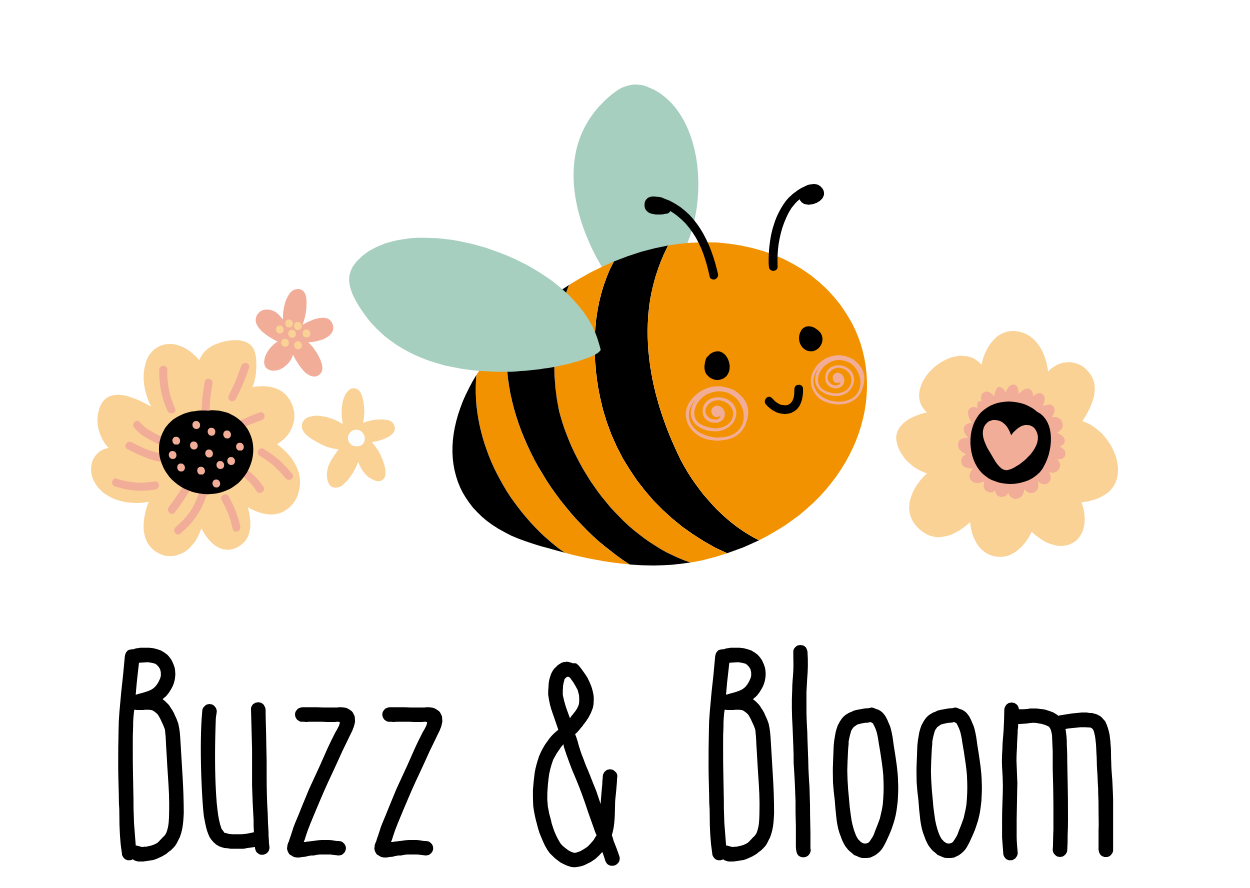As a parent, you're always looking for new ways to entertain your toddlers and young kids. Busy boards have become a popular choice in educational toys, offering a fun way to engage your child's natural curiosity. These boards encourage learning through exploration and play—a winning combination for any child's developmental journey. This guide will provide insights into busy boards, their benefits, and tips for selecting the perfect one for your little one.
What are Busy Boards?
Busy boards are interactive tools designed to stimulate a child's senses through various textures, colors, shapes, and activities. They often include buttons, levers, and interactive elements that engage children with sounds, movements, and visual effects.
For example, some busy boards allow children to flip a switch that lights up a small bulb, or open a door to reveal a hidden sound. These hands-on experiences captivate children's attention and provide them with multiple ways to learn.
Benefits of Busy Boards
1. Developmental Skills
Busy boards play a crucial role in nurturing developmental skills.
Evidence shows that children who engage with these boards improve their fine motor skills by as much as 30%. Activities like buttoning, zipping, and latching encourage hand-eye coordination and problem-solving—all vital for everyday tasks.
For instance, children who practice with movement sequences can better navigate tasks such as dressing or using utensils.
2. Sensory Processing
The varied experiences offered by busy boards enhance sensory processing abilities.
Research indicates that around 90% of a child's brain development occurs in the first five years. Exposure to different textures, sounds, and sights helps create strong neural pathways that support cognitive growth. Kids who play with busy boards often show better communication skills and an improved ability to express themselves.
3. Encouragement of Imagination and Creativity
Busy boards encourage imaginative play and creativity.
Children can invent their own games and stories using elements from the board. For example, a simple rotating gear can spark ideas about how things work, leading to imaginative scenarios involving engineering or mechanics. This type of play promotes critical thinking as kids navigate their creative stories.
4. Fostering Independence
Busy boards also promote independence in young learners.
Children can explore the board at their own pace and choose activities that interest them. This autonomy can lead to increased confidence. For instance, a child might spend 15 minutes mastering a difficult task, which builds resilience and decision-making skills without constant adult supervision.
Choosing the Right Busy Board
Selecting the right busy board for your child requires careful consideration of several factors.
1. Age Appropriateness
Different busy boards cater to various age groups. It's essential to choose one that aligns with your child's developmental stage.
For example, a board designed for toddlers might have larger pieces and simpler tasks, like sliding shapes into a corresponding hole. Meanwhile, boards aimed at older kids can include more complex activities, such as combinations of locks and buttons.
2. Safety Features
Safety is paramount when choosing a busy board.
Ensure the board is made from non-toxic materials, with no small parts that could pose a choking hazard. A well-constructed board will be sturdy and smooth, free from sharp edges.
3. Variety of Activities
Look for busy boards that offer a diverse range of activities.
A board that includes buttons, zippers, locks, and various textures keeps children engaged longer. For instance, a busy board featuring four different types of latches offers varied challenges that children can explore at different developmental levels.
4. Portability and Size
Consider the size of the busy board and its portability based on your lifestyle.
For families on the go, a compact board can be a great choice for travel. If space allows, a larger board with more features may provide hours of play at home.
5. Personal Interests
Finally, take your child's specific interests into account.
If your child loves music, seek out boards with sound elements. If they enjoy tactile experiences, focus on boards with a variety of textures. Matching a busy board to your child's preferences can boost their engagement and enjoyment.
Final Thoughts on Busy Boards
Busy boards are excellent tools for sensory play, providing both entertainment and education for children.
With comprehensive benefits that include skill development, creativity, and independence, they offer a perfect addition to any child's playtime. When choosing a busy board, keep in mind its appropriateness for age, safety features, variety, size, and your child's personal interests to ensure it meets their needs.
Incorporating busy boards into your child's daily activities can lead to stimulating play while supporting their growth and learning in a safe environment. This approach is beneficial for both parents and children alike!































